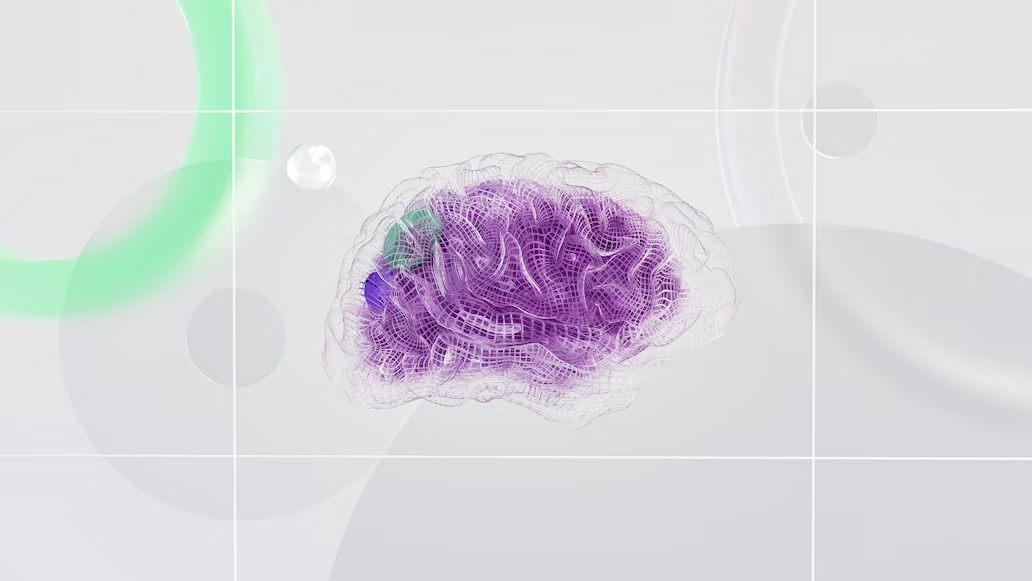 AI
AI
 AI
AI
 AI
AI
Startup Rabbit Inc. today announced that it has raised $10 million in funding to build a mobile device with an artificial intelligence-powered operating system.
The Series A investment, which was led by Khosla Ventures, comes a few months after Rabbit received $20 million from the venture capital firm and other backers. That earlier round reportedly valued the startup at between $100 million and $150 million.
Rabbit is building a low-cost mobile device, the r1, that it plans to launch early next month on the sidelines of the CES consumer electronics event. The company designed the device in collaboration with a Swedish electronics manufacturer called Teenage Engineering AB that is best known for making audio equipment. The r1 ships with its own custom operating system, Rabbit OS, that the company says is based on an internally developed generative AI model called LAM.
The r1’s AI features will enable consumers to interact with apps using natural language commands. According to Rabbit, the LAM model that powers the device can be used for tasks such as booking flight tickets and purchasing groceries. The company says that the AI is capable of carrying out complex, multistep workflows that require interacting with several different apps.
“The current app-based operating system has been around for many years, but the way we interact with it – downloading hundreds of apps, fumbling through multiple pages and folders to find the app you want to use, requiring developers to tailor all these apps to various operating systems – has always been disjointed and cumbersome,” said Rabbit co-founder and Chief Executive Officer Jesse Lyu.
Following Rabbit’s previous funding round, Lyu told TechCrunch, the r1 device’s built-in LAM model works with apps from DoorDash Inc., Spotify AB, Yelp Inc. and a number of other major tech firms. He detailed that the company plans to introduce support for “niche consumer apps” next year. Additionally, Rabbit intends to make its AI compatible with multiple operating systems including Windows, macOS, Linux and Android.
Under the hood, the LAM model is based on a so-called neuro-symbolic architecture. This is a type of AI design that combines the features of two other architectures known as symbolic AI and neural networking. The design underpins many of the most advanced language models on the market today, including OpenAI’s GPT series.
Symbolic AI models lend themselves well to tasks such as generating software code that require reasoning. Neural networks, meanwhile, are more adept at pattern recognition, which is necessary for several common AI use cases, including image recognition. LAM and other neuro-symbolic models combine the two AI approaches, which allows them to perform both reasoning and pattern detection tasks.
Rabbit will use the proceeds from its latest funding round to support the forthcoming launch of its r1 device. Additionally, the company will use a portion of the capital to enhance its LAM model.
THANK YOU